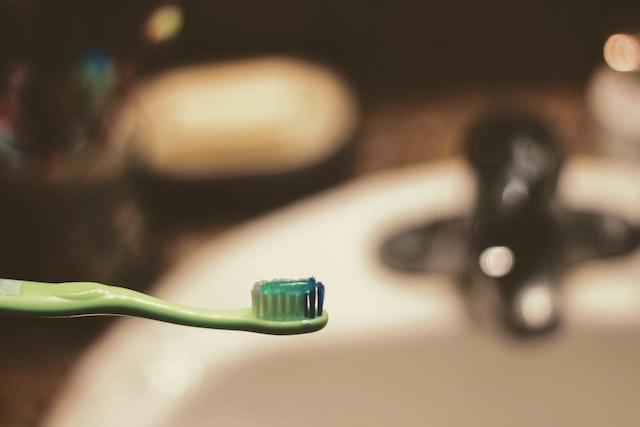On 23 March 2023, the Scientific Committee on Consumer Safety (SCCS) published its final opinion on the safety of the hair dye Sodium Bromothymol Blue (C186). The SCCS adopted this opinion during the plenary meeting on 21-22 March 2023.
Background
Sodium Bromothymol Blue (CAS No. 34722-90-2, EC No. 252-169-7) is a weak acid in solution and thus exists in ionised and non-ionised forms that result in the appearance of different colours.
Sodium Bromothymol Blue is intended to be used as a hair dye in non-oxidative hair colouring products with a final on-head concentration up to 0.5%.
In order to demonstrate the safety of Sodium Bromothymol Blue, a dossier was submitted by the industry including a battery of non-animal methods and approaches, including in silico and in
vitro methods, assessing inter alia irritation, skin sensitisation, genetic toxicity and
percutaneous absorption, while following Good Laboratory Practice and OECD guidelines. The absence of data on repeated dose or reproductive/developmental toxicity was tackled with the Toxicological Threshold of Concern (TTC) approach to support the safe use of this ingredient based on the very low consumer exposure estimate.
What’s new?
Having considered the data provided, the SCCS is of the opinion that the safety of Sodium Bromothymol Blue cannot be assessed because of the following reasons:
– The Applicant used TTC approach to justify the safety of Sodium Bromothymol Blue, but the SCCS estimate of the SED indicates that it exceeds the TTC threshold for Cramer class III substances.
– The use of TTC on its own to justify the safety of the substances that are regulated under the EU Cosmetic Regulation is not sufficient to waive the information requirements on essential toxicological endpoints.
– While the use of TTC is acceptable to justify the safety of impurities and cosmetic ingredients that are added to a final product at sufficiently low concentrations, it is not acceptable on its own for the substances that are regulated under the EU Cosmetic Regulation. Additional supporting data from NAMs that are scientifically-accepted for the purpose, and/or other acceptable in vivo data on systemic toxicity, are also required in an overall weight of evidence to assess safety.
References:






